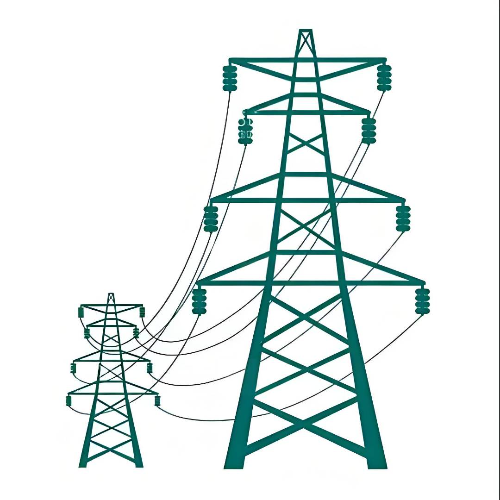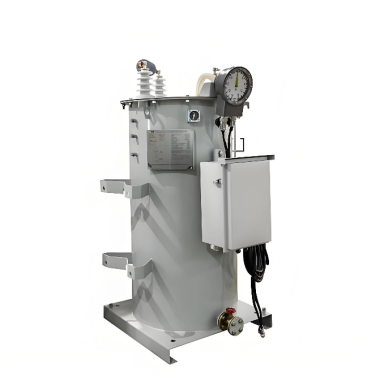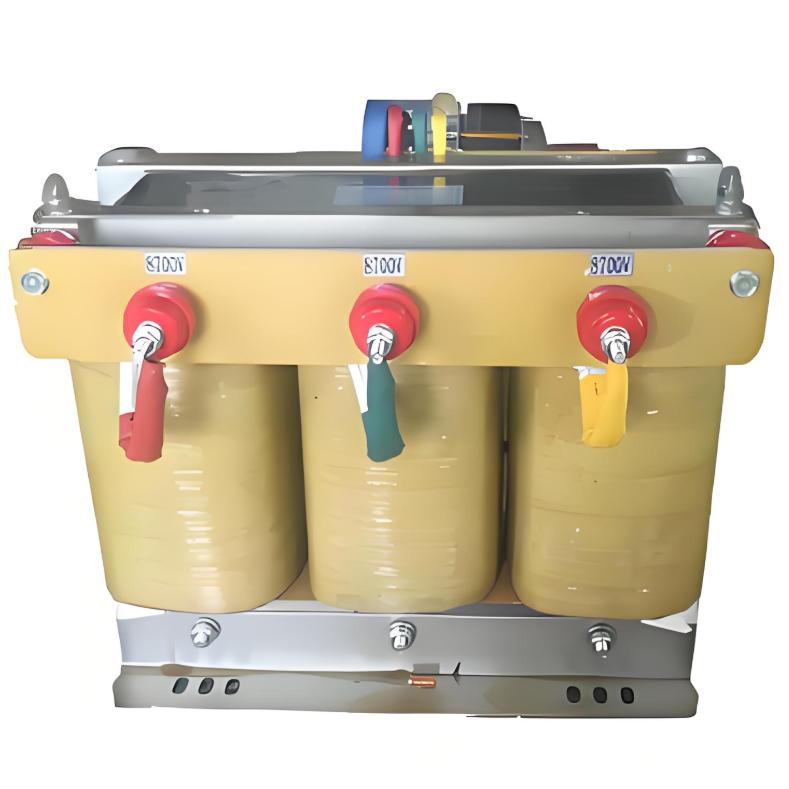The safe and economical operation of power transformers is related to the safety, economy, stability, and reliability of the operations of various industries. The limitations of conditions such as the investment economic indicators for its selection, the economic benefits of maintenance and operation, and the adaptability in the new environment (access of distributed power sources, configuration of energy storage, etc.) make it impossible to include comprehensive factors in other aspects.
The capacity of a transformer mainly depends on the capacity of the long - term load. How to reasonably select the capacity and number of transformers, and at the same time prevent transformers from being replaced or eliminated due to capacity issues (such as load growth factors) is a problem that requires comprehensive consideration.
The selection of transformer capacity should be determined according to the calculated load of the equipment it carries, as well as the types and characteristics of the loads. The calculated load is the basic basis for power supply design and calculation. The load rate of a normal transformer should preferably not exceed 85%. When it reaches more than 90%, it means that the transformer is operating close to full load.
The load of electrical equipment fluctuates at any time. If the normal operating load is already more than 90%, there is no remaining margin to cope with the impact current of some impact - type equipment, such as large - scale electric welders, cranes, punches, and the start - up of high - power motors and other dynamic loads. There may often be short - term over - load phenomena. Although the transformer can operate under over - load for a short time, frequent over - load will still affect the service life of the transformer.

When various operating data are close to the rated limits of the transformer, the risk of premature damage to the transformer is increased. With long - term operation, the following problems will inevitably occur in the transformer:
The temperatures of the windings, line clamps, leads, insulation, and transformer oil will rise, and may reach an unacceptable level;
The leakage flux density outside the iron core will increase, so that the metal parts coupled by the secondary leakage flux will generate heat due to the eddy current effect;
With temperature changes, the moisture and gas content in the insulation and oil will change;
Bushings, tap - changers, cable terminal wiring devices, and current transformers will also be subjected to relatively high thermal stress, thereby affecting their structure and safety margin;
The main flux and the increased leakage flux will combine together, which will limit the over - excitation capacity of the iron core.
Relevant Measures:
Reasonably allocate the load, make electrical equipment used in an orderly manner, and reduce the simultaneous utilization rate.
Appropriately increase the output voltage of the low - voltage side by one level.
Since the transformer is close to full load, it will inevitably lead to a decrease in the output voltage of the transformer, thus making the voltage of the electrical equipment at the end possibly lower. This will lead to an excessive active current and increase power loss. Increasing the voltage can reduce the current.
Improve the power factor.Using reactive power compensation to improve the power factor can reduce investment and save non - ferrous metals, which is very beneficial to the entire power supply system.
If the capacity of the transformer and the line is insufficient, it can be solved by installing a reactive power compensation device.
Installing a reactive power compensation device can balance the reactive power locally, thereby reducing the current flowing through the line and the transformer, slowing down the insulation aging speed of the conductors and the transformer, prolonging the service life. At the same time, it can release the capacity of the transformer and the line, and increase the load - carrying capacity of the transformer and the line.
Install reactive power compensation devices locally at large - scale inductive loads to improve the power factor, thereby enhancing the active output capacity of the transformer. In this way, the working current can be reduced to reduce power loss, which can effectively reduce the load current and power loss, and then reduce the load rate of the transformer.

Reasonable distribution of three - phase loads. When designing a distribution transformer, its winding structure is designed according to the load - balanced operation condition. Its winding performance is basically the same, and the rated capacity of each phase is equal. The maximum allowable output of the distribution transformer is limited by the rated capacity of each phase. When the distribution transformer operates under unbalanced three - phase load conditions, a zero - sequence current will be generated, and this current will change with the degree of unbalanced three - phase load. The greater the unbalance degree, the greater the zero - sequence current.If there is a zero - sequence current in the operating distribution transformer, a zero - sequence flux will be generated in its iron core. This forces the zero - sequence flux to pass through the tank wall and steel components as channels. However, the magnetic permeability of steel components is relatively low. When the zero - sequence current passes through the steel components, magnetic hysteresis and eddy current losses will occur, thus causing the local temperature of the steel components of the distribution transformer to rise and generate heat. The winding insulation of the distribution transformer will accelerate aging due to overheating, resulting in a reduction in the service life of the equipment. At the same time, the existence of zero - sequence current will also increase the loss of the distribution transformer.
The distribution transformer is designed according to the three - phase load - balanced operation condition. The resistance, leakage reactance, and excitation reactance of each phase winding are basically the same. When the distribution transformer operates under balanced three - phase loads, its three - phase currents are basically equal, and the voltage drop of each phase inside the distribution transformer is also basically the same, so the three - phase voltage output by the distribution transformer is also balanced.
At the same time, when the distribution transformer operates under unbalanced three - phase loads, the three - phase output currents are different, and there will be current flowing through the neutral line. Thus, a voltage drop due to impedance will be generated in the neutral line, resulting in the drift of the neutral point, which causes changes in the phase voltages of each phase. The phase with heavy load will have a voltage drop, while the phase with light load will have a voltage rise;The selection of a power transformer depends on the calculated load, and the calculated load is related to the size and characteristics of the load in the system and the power compensation device in the system. The capacity of the transformer can be flexibly selected according to the actual situation. During the operation of the power transformer, its load is always changing. It is allowed to operate under over - load when necessary. However, for indoor transformers, the over - load shall not exceed 20%; for outdoor transformers, the over - load shall not exceed 30%.
The number of transformers is generally determined by comprehensively considering conditions such as load level, power consumption capacity, and economic operation. When one of the following conditions is met, it is advisable to install two or more transformers:
There is a large number of first - class or second - class loads. When the transformer fails or is under maintenance, multiple transformers can ensure the power supply reliability of first - class and second - class loads.
The seasonal load changes greatly. According to the actual load size, the number of transformers put into operation can be adjusted accordingly, so as to achieve economic operation and save electric energy.
The capacity of the concentrated load is large. Although it is a third - class load, the power supply capacity of one transformer is insufficient. At this time, two or more transformers should also be installed.



























